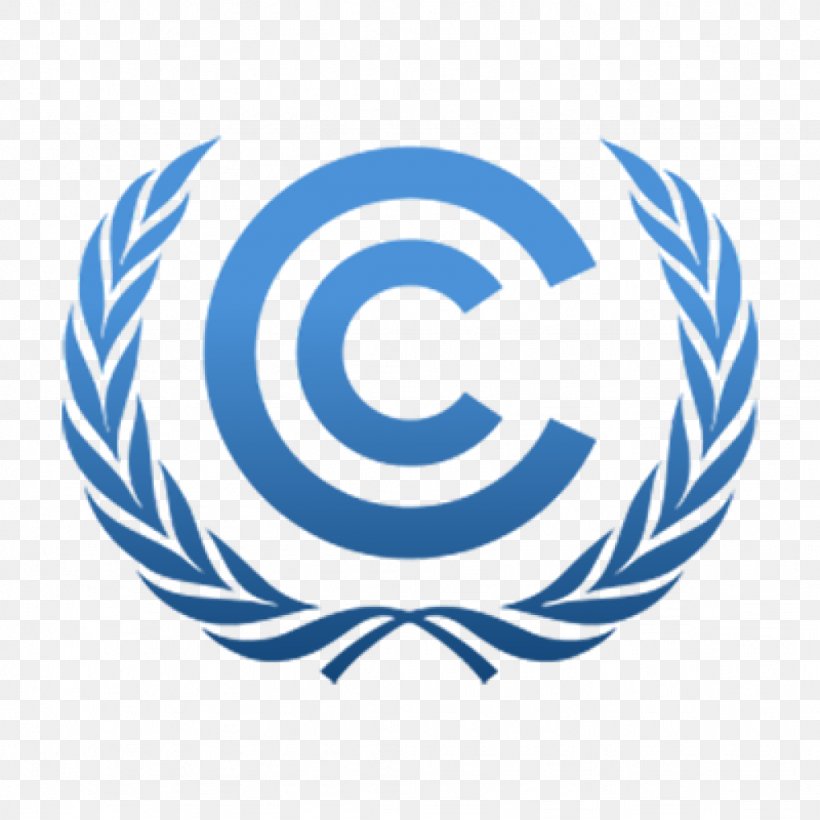Emission Reduction Program for Small & Medium Enterprises
In collaboration with the Climate Change Institute, we provide a streamlined SME program to help businesses reduce emissions and achieve carbon neutrality. By utilizing their own internal staff, companies can avoid the need to hire external consultants, ensuring privacy. Whilst they may need a third party for formal certification purposes, they can use their own in house staff to enact the program, who are already familiar with company finances and operations.

These resources enable organisations to conduct a thorough GHG emission survey and to establish an emission reduction program.

Anyone with basic bookkeeping skills can work he GHG calculation spreadsheets which will also provide the required organisational policies and procedures.

Your organization can achieve self-assessed carbon neutrality in compliance with the internationally recognized GHG Protocol accounting standard.
GHG Accounting Tutorial
A user-friendly tutorial that clarifies terms such as emission factors and scopes, equipping managers with a comprehensive understanding of the steps needed to achieve carbon neutrality.
GHG Measurement Tools
We provide spreadsheets and guides designed to help you calculate your emissions effortlessly while maintaining precise records.
Emission Reduction Program
The emission reduction program provides your company with essential policies to adopt and procedures to follow, with and all necessary forms and agendas to document the process effectively.
Companies that buy carbon offsets to become carbon neutral without cutting their level of emissions are routinely called out for ‘greenwashing’ the public.
Accurately measure and record your company’s emissions
The GHG accounting tutorial will assist in measuring the emissions of an organisation, using the internationally recognised GHG Corporate Protocol Accounting Standard which is used by most Fortune 500 companies. Emission factors are from the EPA (United States Environmental Protection Agency) and the UNFCC (United Nations Framework Convention on Climate Change).



The GHG Accounting tutorial comprises:

1. Terms, principles and procedures

2. Understanding the scopes of emissions

3. Collecting & collating the necessary data.
There are two spreadsheet calculators from internationally recognised bodies, the UNFCC and the EPA.
GHG Accounting

This tutorial will give you an understanding of the policies and procedures needed to measure the emissions and carbon footprint of an organisation based on the GHG Protocol Greenhouse Gas Accounting Standard.
UNFCC GHG Calculator

This tutorial and spreadsheet will assist you to calculate the carbon footprint of an organisation using emission factors from the UNFCC- United Nations Framework Convention on Climate Change.
EPA GHG Calculator

This tutorial and spreadsheet will assist you to calculate the carbon footprint of an organisation using American standards and emission factors from the EPA – United States Environmental Protection Agency.
Emission Reduction Program
This Emission Reduction Program is provided facilitate the implementation of the policies and procedures by an organisation to reduce their emissions.
Businesses have the ability to work towards making an impact on climate change, as they are one of the primary creators of greenhouse gas emissions.
Upon purchase, we will send you the template in Word format, which you can customise it for your business.
To create an effective emissions reduction program, follow these steps:
- Free PDF Version: Download the emissions reduction program that will give you guidance and assistance in creating your own program.
- Conduct a Business Assessment: Evaluate your business’s current environmental impact and identify areas for improvement.
- Set Clear Goals and Objectives: Define specific, measurable, achievable, relevant, and time-bound (SMART) targets for reducing emissions.
- Consult Industry Sources: Reach out to industry-specific professionals and organizations to gain valuable insights and advice.
- Get the Full Version: You can purchase the customizable version, or get it free when you buy carbon offsets, allowing you to tailor the program to your business needs, and customers get it for
- Customise the Template and forms for your business and replace [Company Name] and other details to uniquely reflect your organisation.
- Modify Policies and Procedures: Adapt the program to suit your business environment, operations, and needs.
- Use the Activity Forms: Record and document meetings, decisions, and actions taken to control emissions.
- Establish Accountability: Designate responsible personnel to oversee program implementation and progress.
Develop your program and consult information sources specific for your industry and enterprise. Use the forms for recording meetings and documenting your emission control activities.
The price for the program is $500. Customers who buy carbon offsets get a 50% discount and subscribers get it for free.
Reducing your emissions
There are many initiatives businesses can enact to reduce their carbon footprint, including energy reduction, plastic reduction, transportation, supply chain transparency, and education. You should collect information on how your business can work towards lessening its carbon footprint, There are industry groups and journals, government sites, such as the EPA website, and a number of other sources. Here are some tips:

Reduce Energy Use
Energy use typically comprises about half of a company’s carbon footprint. Reducing a facility’s energy use not only cuts cost on energy bills, but also decreases the environmental burden for which a company is responsible. Whether that’s installing energy-efficient lighting, using energy-efficient appliances, or switching to a green web hosting company, there are many ways to make small changes. And those small changes have the potential for a big impact: according to the EPA, over 1.5 billion pounds of greenhouse gas emissions would be saved if every office product purchased in the U.S. was ENERGY STAR certified.

Educate Employees
With the proper training, employees can be the greatest asset in reducing carbon footprint. To achieve real results, it requires a steadfast commitment from every member of the organization, from top to bottom. Make a public pledge to reduce carbon emissions, and ensure employees understand the reason behind the pledge and what they can do to help. Workshops, webinars, and signage are all effective ways to educate employees. When everyone is involved, a real difference can be made.

Offer a Flexible Work Schedule
Does your organization offer work-from-home days? According to a recent survey, more than 50 percent of Americans drive alone to work every day. As commuters drive to work, cars create a large amount of pollution that indirectly adds to a company’s footprint. Whenever possible, offer a flexible schedule where work-from-home days are encouraged. This will lessen the amount of pollution your employees create as a by-product of their job duties. As an added bonus, a corporation’s company cars can be fuel-efficient or electric models reduce the environmental impact as well.

Track for Supply Chain Efficiency
With so many interwoven pieces, an organization’s supply chain is brimming with opportunity for carbon footprint reduction. Oftentimes, money, time, and resources are wasted through inefficient operations. Directly ask suppliers if they have quantifiable measures on their generated greenhouse gas emissions. Some large corporations have already advocated for increased transparency from their suppliers. According to the CDP, Walmart, CVS Health, and Target have started collecting data from their suppliers in order to cut their environmental risks and reduce carbon emissions in their supply chains.

Air travel
Air travel is responsible for a large part of a carbon footprint. Avoid flying as much as possible.. Go economy class as Business class is responsible for almost three times as many emissions as economy. This is because in economy, the flight’s carbon emissions are shared among more passengers. First class can result in nine times more carbon emissions than economy. If you can’t avoid flying, offset the carbon emissions of your travel.

Eliminate Single-use Plastics
Single-use plastics are another large contributor to a business’s carbon footprint. Every time someone throws away a plastic straw, bag, cup or packaging materials, these products exact a toll on the environment. Almost all plastic products are made from fossil fuels, and refining those fuels into plastics is an energy-intensive process that is driving up global emissions. Items such as cafeteria cutlery, disposable coffee cups and plastic water bottles can easily be switched for reusable items instead. Opting for reusable replacements reduces a carbon footprint while reducing waste hauling costs, too.
GHG Protocol Corporate Standard
- Our programs are based on the GHG Protocol Corporate Standard.
- It is an emissions accounting tool used by many businesses and organizations worldwide. More than 9 out of 10 Fortune 500 companies use the GHG Protocol.
- It provides the accounting platform for virtually every corporate GHG reporting program in the world.
- It establishes comprehensive global standardized framework for GHG emissions from private and public sector operations.
.
What are GHG standards?
Standards provide guidance on the principles and requirements for reporting GHG emissions. Theses include ISO 14064 environmental management standard and the GHG Protocol Corporate Standard.
What are calculation tools?
Footprint calculation tools use formulas to calculate the amount of emissions a business generates from its different activities based on emission factors from industry and government bodies.
What are emission factors?
These are numbers put out by various agencies which are multiplied by an activity, such as vehicle use, to give you the the amount of CO2 emitted. You should only use emission factors from reputable, internationally recognised bodies.

Note: use of GHG calculation tools and information is subject to our Terms and Conditions
